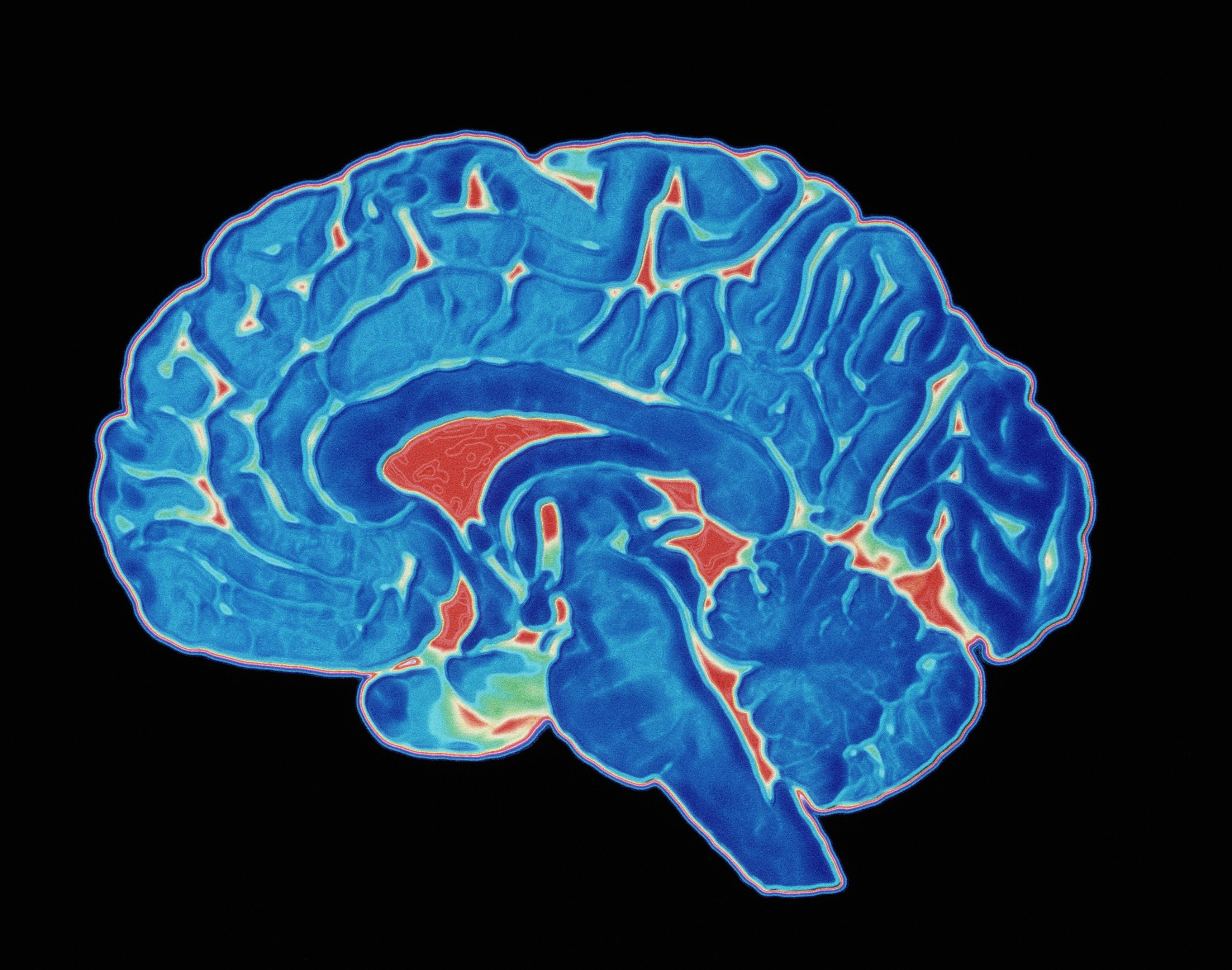The human mind is the primary section of control for human for the human nervous system. It gets signals from the organs and yields information to the muscles. The human brain has indistinguishable structures that are also found in other animal minds; however, it is more prominent in size when compared to some other minds.
Essential Facts about the Physiology of the Brain
- The human brain is the biggest brain of all vertebrates concerning body measurements.
- It weighs about 1.5 kilograms
- The average male has a brain volume of 1,274 cubic centimeters.
- The average female brain has a capacity of 1,131 cubic centimeters.
- The brain makes up around 2 percent of a human’s body weight.
- The brain makes up 85 percent of the mind’s weight.
- It contains around 86 billion nerve cells — the “gray matter.”
- It contains billions of nerve fibers — the “white matter.”
- Trillions of neurotransmitters associate these neurons.
Life structures of the Human Brain
The biggest piece of the human brain is the cerebrum, which is separated into two sides, as per Dr. Curtis Cripe. Underneath it is the brainstem placed, and behind that sits the cerebellum. The peripheral layer of the brain is the cerebral cortex, which comprises four flaps: the frontal, parietal, occipital, and temporal.
Like every vertebrate brain, the human mind creates from three segments known as the forebrain, midbrain, and hindbrain. Every one of these contains liquid filled cavities called ventricles. The forebrain forms into the brain and basic structures; the midbrain turns out to be a piece of the brainstem, and the hindbrain offers to ascend to districts of the brainstem and the cerebellum.
The cerebral cortex is enormously augmented in human minds and is viewed as the seat of a complex idea. Visual preparing happens in the occipital projection, close to the back of the skull. The fleeting projection forms sound and dialect and incorporates the hippocampus and amygdala, which assume jobs in memory and feeling, individually. The parietal projection coordinates contribution from various faculties and is imperative for spatial introduction and route.
The brainstem associates with the spinal string and comprises of the medulla oblongata, pons, and midbrain. The essential elements of the brainstem incorporate handing-off data between the brain and the body; providing a portion of the cranial nerves to the face and head; and performing necessary capacities in controlling the heart, breathing, and memories.
Among people, mind estimate doesn’t show how brilliant somebody is, believes Dr. Curtis Cripe. Some prodigies in their field have littler than-normal minds, while others more significant than average. People have a high mind weight-to-body-weight proportion, however so do different creatures. The motivation behind why the people are canny is neurons and the folds. People have a more significant number of neurons per unit volume than different animals, and the best way to do that with the brain’s layered structure is to make overlap in the external layer, or cortex. Other astute creatures, for example, monkeys and dolphins, likewise have these folds in their cortex, though mice have smooth brains.



